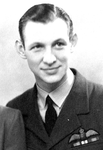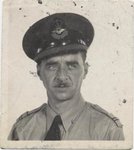syscom3
Pacific Historian
I am going to try and use your logic here. The P-80, Meteor, and Me-262 were not used in the PTO and therefore since the Corsair was it is superior to the above mentioned aircraft.
Not true. Youre comnparing apples with banana's.
The Lanc and B24 were "peers".
The above mentioned fighters were jet propelled, thus a magnitude better than the B24 or Lanc.
And people here have produced evidence that the F4U might have been the best fighter in the PTO.





